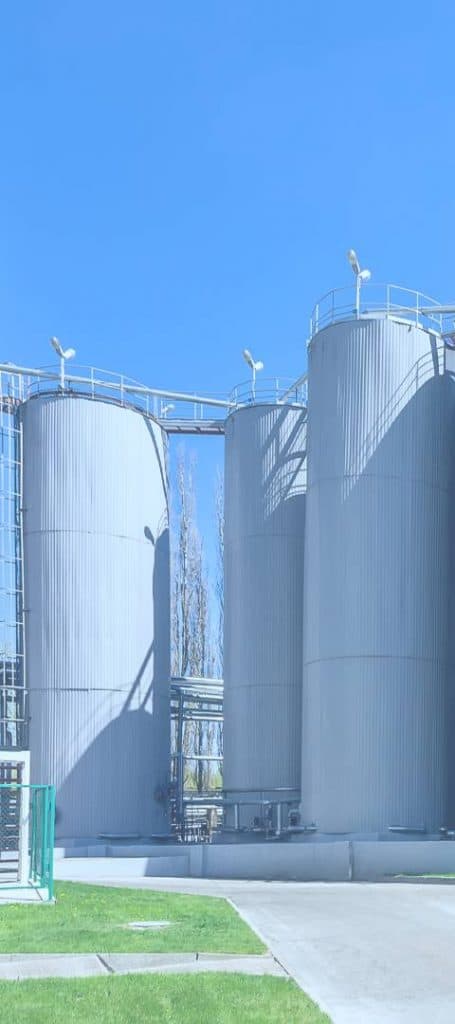Insuring a tank’s integrity is a top priority, and tank roofs present unique challenges for insulation systems. ISO Services provides engineering assistance and systems designed to maximize unit efficiency.
ISO offers various insulating methods, including vertical and horizontal panel systems, and adheres them to the tank in a variety of ways. Below are some common methods for tank roof insulation. To learn more, contact ISO Services today. We look forward to assisting you!
Installation of suspended ceilings is done from above, while conventional suspended ceiling installation requires access to the underside of the roof. Both new construction and retrofit applications benefit from this method. The installation method is illustrated in FIG. 8. FIG. 9 shows the process of attaching the cover to the tank.
Once the support plate and the flange are connected, the pipe and the roof are joined by bolts and nuts. In both cases, the cover is vapor-tight.
As part of tank maintenance, API 653 recommends regular inspections. In addition to monthly inspections, a tank should undergo an external and internal inspection every five years.
For this purpose, the operator should appoint a knowledgeable person who performs these checks, regardless of certification. Additionally, operators should keep records of the inspections for the regulator’s review. When completing inspections, the insulation specialist should also ensure the tank’s structural integrity.
bolted tanks
If your bulk storage tank is a bolted tank, you should install a support system for the insulation panels. A qualified installer will be able to offer welded or non-welded support systems to match your tank’s particular configuration. It is important that the support system is as wide as the tank’s walls, as the insulation panel will need a gap to be able to properly fit into the structure. A flat steel support system may cause the shell jacketing to corrode.
Another reason to use a bolted tank is because it’s easier to install than a welded one. These systems can be installed in service and can be done with minimal impact to the existing structure.
Most tank manufacturers will provide trained installation crews for you to make the job easier and faster. In addition to the fast installation time, they also provide quality service and support after the installation is complete. The benefits of these systems are numerous.
A bolted tank that is factory-coated will offer excellent fire protection water storage. Vertarib offers a variety of factory-coated tanks in a wide range of sizes and materials.
Because the bolted design means no welding, there’s no need to add a field coating. Additionally, these tanks are easy to install and often come with common accessories like fittings and handles. You can even make them fit into tight spaces, such as under a roof, if you choose.

